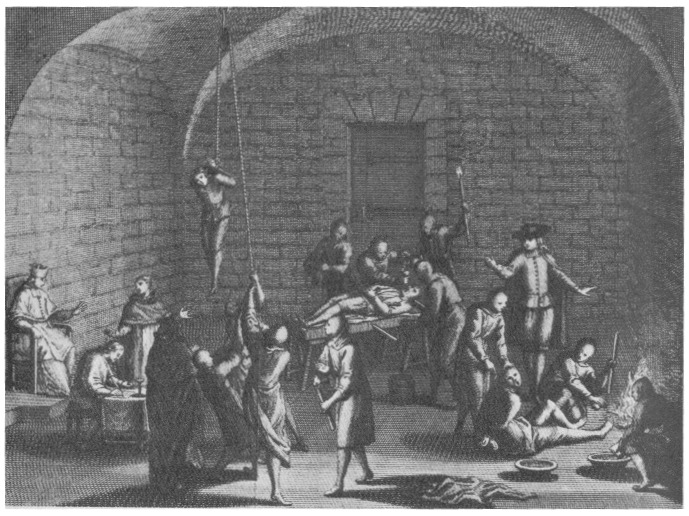Want to sound like a history whizz at the dinner table? Then read our 3-minute guide to the blood-curdling Spanish Inquisition…
What was it?
The Spanish inquisition was a tool used by the Catholic monarchs of Spain to suppress heresy among the church. The inquisition was mainly aimed at recently converted Jews, as well as Muslim converts. The accused would be tried at a court, or tribunal, which would travel around the country. Those accused of heresy would not know the identity of their accusers and the only assistance they received was a defence council who would simply encourage them to confess. It was also rare that they would have witnesses to testify on their behalf, as doing so would incriminate the witnesses themselves.

The main point of the trial was to obtain a confession, and the Inquisition would even use torture to guarantee this. However, it is now believed that torture was not used as much as commonly supposed. Once found guilty, the accused could be sentenced to anything from a fine to a public burning at the stake. Records disagree on the actual figures, but it is estimated that up to 150,000 people were charged by the inquisition, while between 2,000 and 5,000 were executed.

Why did it happen?
Medieval Spain had been, for a good stretch of time, a multiracial and multi-religious country. However, towards the end of the 14th century animosity towards Jews began to grow. This was partly thanks to the Black Death, which they were blamed for, and soon anti-Jewish riots swept the country. This pushed many Jews to convert to Christianity to escape persecution and became known as conversos. These conversos rose through the ranks of government and nobility, gaining great wealth in the process.

This sparked jealousy among Christians who doubted the sincerity of their conversions. In response, Isabella I of Castile and Ferdinand II pressed for a papal bill that allowed them to set up the Inquisition to investigate conversos who were believed to be continuing their Jewish worship in secret. The idea behind the Inquisition was to create religious unity, but it also had the added bonus of money. The government would confiscate the property of those found guilty of heresy and pocket the profits.
Read the full article in issue 26 of All About History, available from the Imagine Shop
